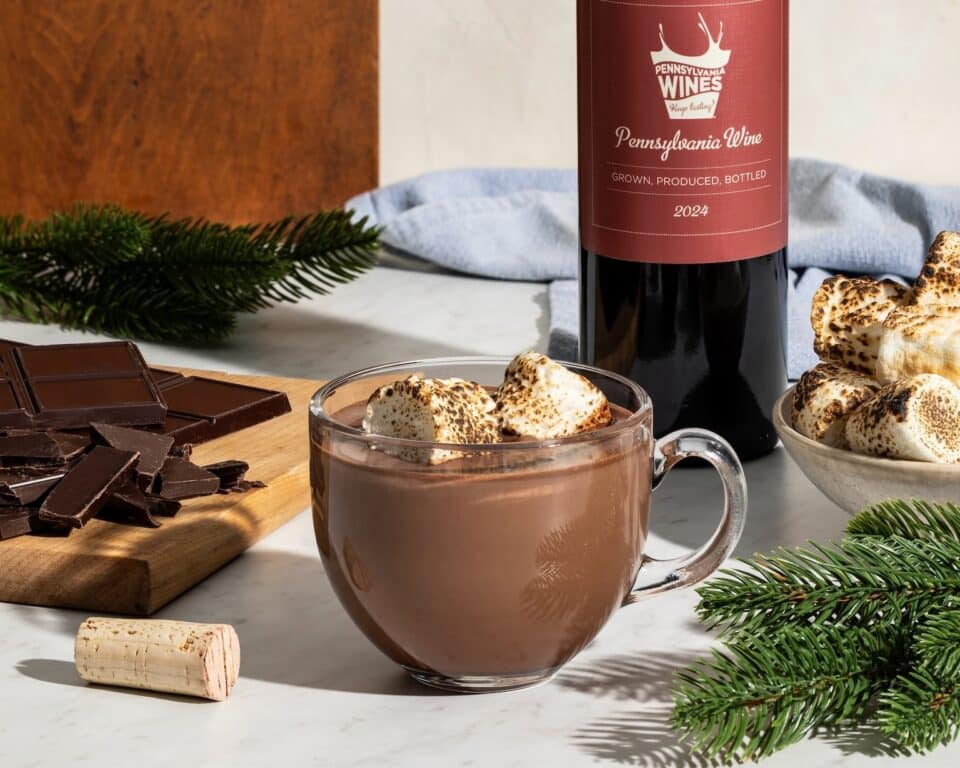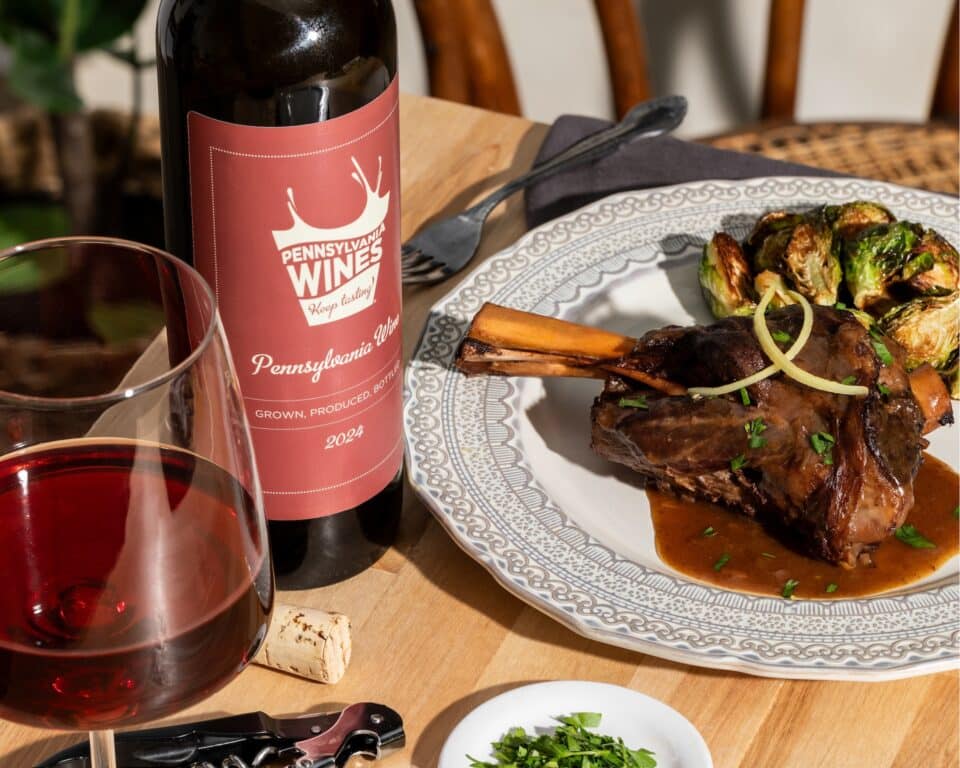Lancaster Valley is known for its green, rolling pastures and lush farmland as far as the eye can see. The geography, geology and climate are wonderfully suited for agriculture, and wine grape growers have cultivated and harvested their crop there since the 18th century. As American wines gained international recognition and domestic popularity through the 1970s, American Viticultural Areas (AVAs) were established to recognize distinct growing regions across the country. Lancaster Valley joined the AVA ranks early, thanks to local efforts, becoming the first official Pennsylvanian viticultural area that produces extraordinary grapes and wines to this day.
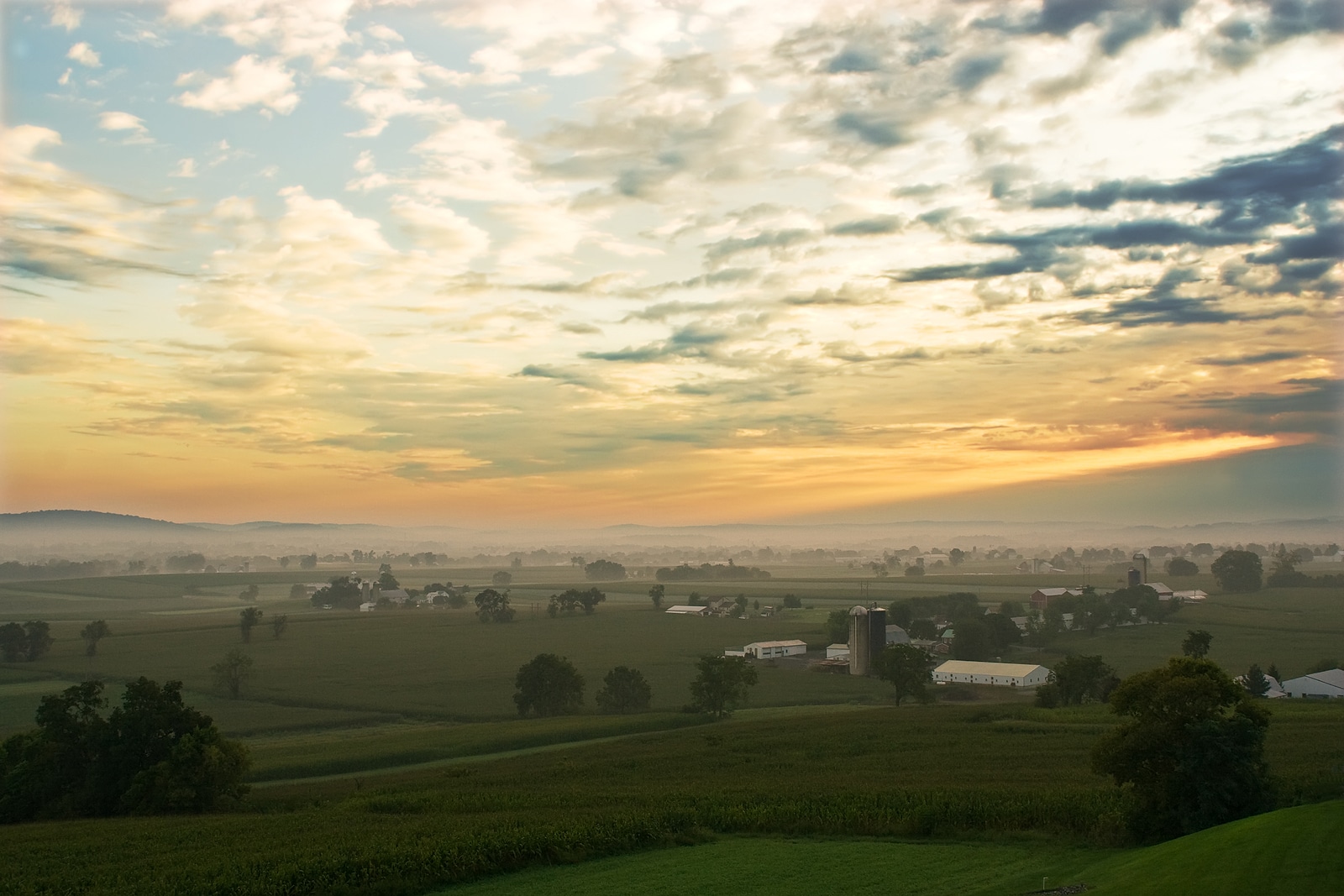
While the Lancaster Valley AVA boasts 225,000 acres of rich and fertile land, very little of that — just about 400 acres — is used for viticulture. In fact, only a couple of farmers there grow grapes on a large scale, in addition to various small-scale and hobby operations in the area. We spoke with Jonas Nissley, owner of Nissley Vineyards, whose grandfather was instrumental in founding the Lancaster Valley AVA, where Jonas continues to grow hybrid and vinifera grapes to produce exceptional wine.
What’s an AVA?
What is an American Viticultural Area, exactly? AVAs are federally designated grape-growing regions in the United States. Each AVA has its own distinct features, a unique combination of geographic, geologic and climatic conditions that impact grape growing, harvesting, wine production and, ultimately, wine taste.
There are currently 276 AVAs across the U.S., with 154 unsurprisingly found in California. The country’s largest AVA is the Upper Mississippi River Valley, spanning over 19 million acres in multiple states, while Cole Ranch AVA in California is the smallest at just 60 acres.
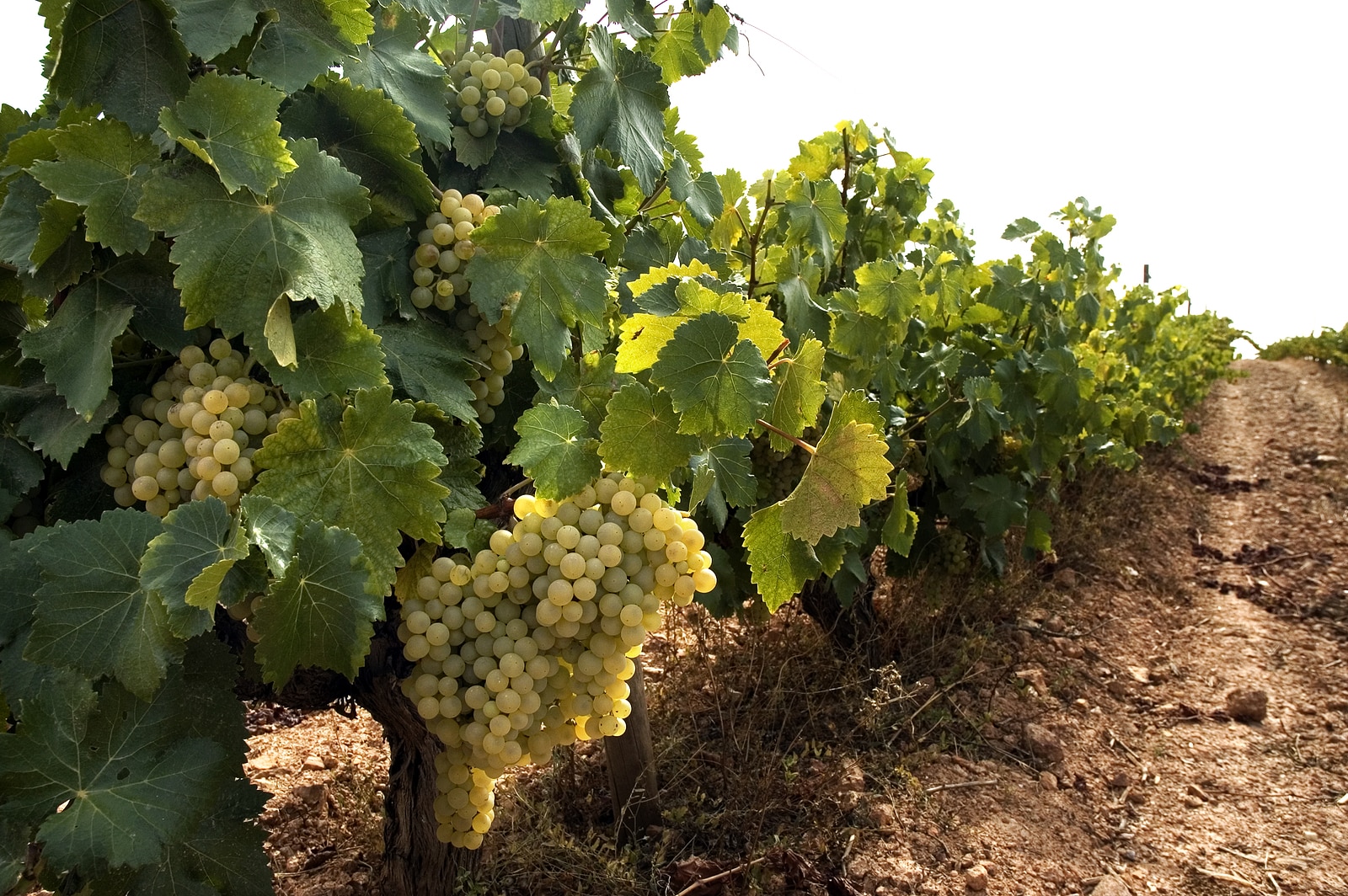
AVAs create an appellation, or brand, of sorts, for vintners to tell the story of their wines’ origins. They also allow consumers to seek out specific AVA wines based on flavors that come out of that terroir. For a wine to bear an AVA label, 85% of its grapes must come from that region.
The Bureau of Alcohol, Tobacco and Firearms first established AVAs in the 1980s, defining the boundaries of the Augusta AVA in Missouri first, followed soon by the famed Napa Valley AVA region. Thanks to grassroots efforts in Pennsylvania, Lancaster Valley became the twelfth official AVA on May 12, 1982.
Lancaster Valley AVA

In 1975, Dick Nissley was unwittingly sowing the seeds of Pennsylvania’s first AVA. After researching the area’s soil and conditions, he planted several acres of wine grapes to try his hand at viticulture. It was a time when domestic wines were gaining footing on the international stage, but most of that recognition was for California grapes and wines. As Nissley watched his own grapes flourish, he saw Pennsylvania’s potential to enter the broader industry with its very own appellation. “I think my grandfather realized that the most legitimate wine regions in the world are within designated viticultural areas, so that was important to him,” says Jonas Nissley. The elder Nissley successfully pushed for Lancaster Valley to join the rapidly growing number of AVAs, effectively putting his region on the map just seven years after planting his first grapevines.
The Lancaster Valley AVA sits entirely in the southeastern part of Pennsylvania, straddling Lancaster and Chester counties with the city of Lancaster at its center. The amorphously shaped region runs approximately 30 miles long and 12 miles wide, covering roughly 225,000 acres. Lancaster Valley AVA sits in a geographic depression, or valley, that formed between the ridges of the Appalachian Mountains. The valley is surrounded by areas of higher elevation (100-600 feet increases) to the north, east and south, with the Susquehanna river on its east. Its climate is humid continental, meaning there are significant swings between seasons with freezing cold winters and hot, humid summers. Its proximity to the Atlantic Ocean and Chesapeake Bay helps temper the climatic extremes. The soil in the Lancaster Valley AVA is incredibly rich and fertile and sits atop a limestone bedrock basin, which drains exceptionally well while also retaining water and offering mineral content. There’s also a decent amount of clay loam throughout, further improving water drainage and retention.
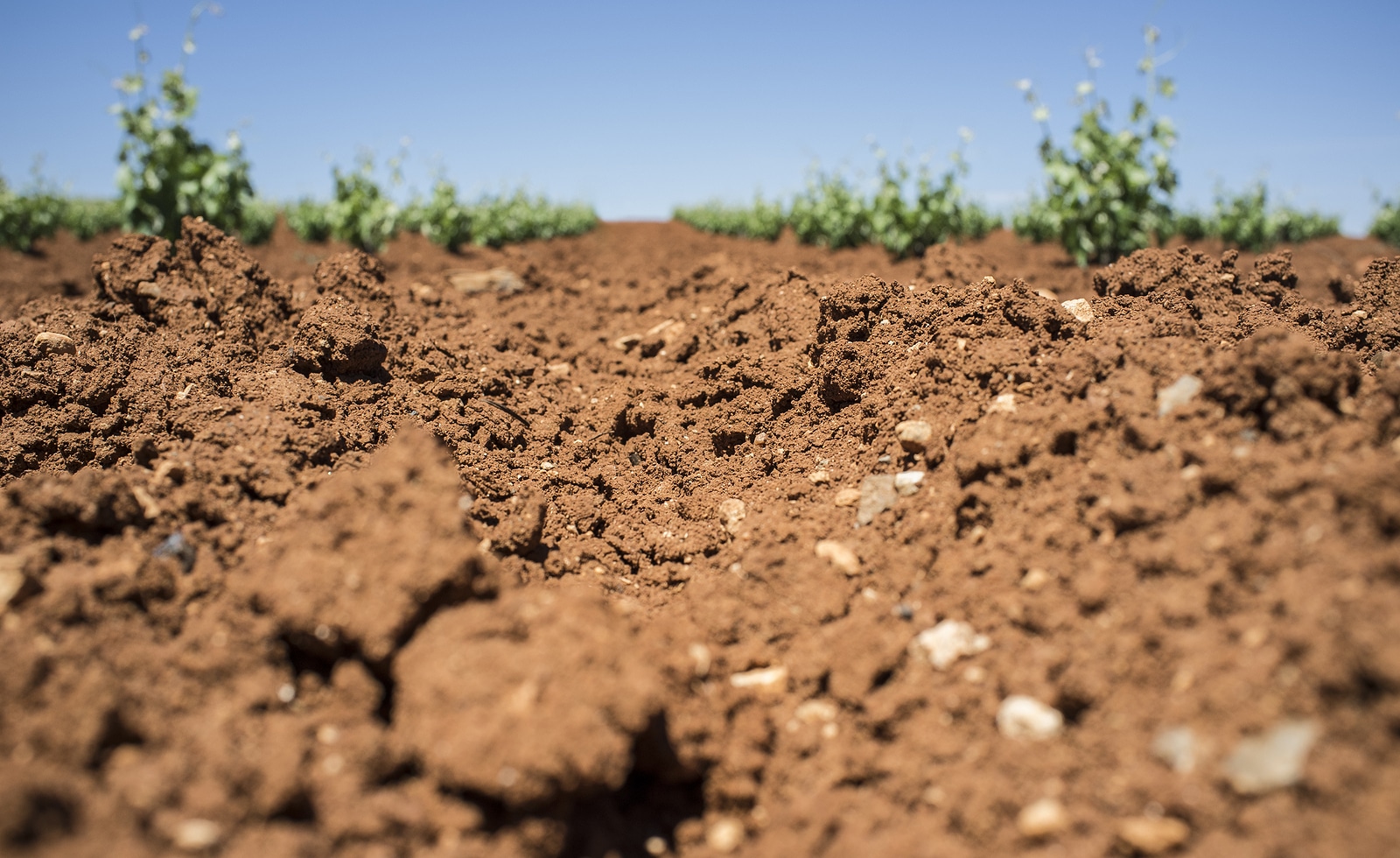
Nissley notes serious benefits to these features. He says, “We’ve experienced some drought conditions over the last couple years, spells where it just doesn’t rain, and I hear other growers say that they’re seeing that their vines are stressed and they’re thinking about irrigating or worried about the health of the vines. I look at our vineyards and I just see none of that. In my time here, I have not seen any water drought stress at all on our vines. In fact, two years ago, we got almost no rain in May or June, so I got worried and bought a bunch of soaker hoses and booster pumps and rigged up all this stuff out in the vineyard. We got about half of the vineyard watered by the time it rained. By the end of the season, when you looked at what we watered and what we didn’t water, the only difference was that the weeds grew where we watered. The vines looked absolutely identical.”
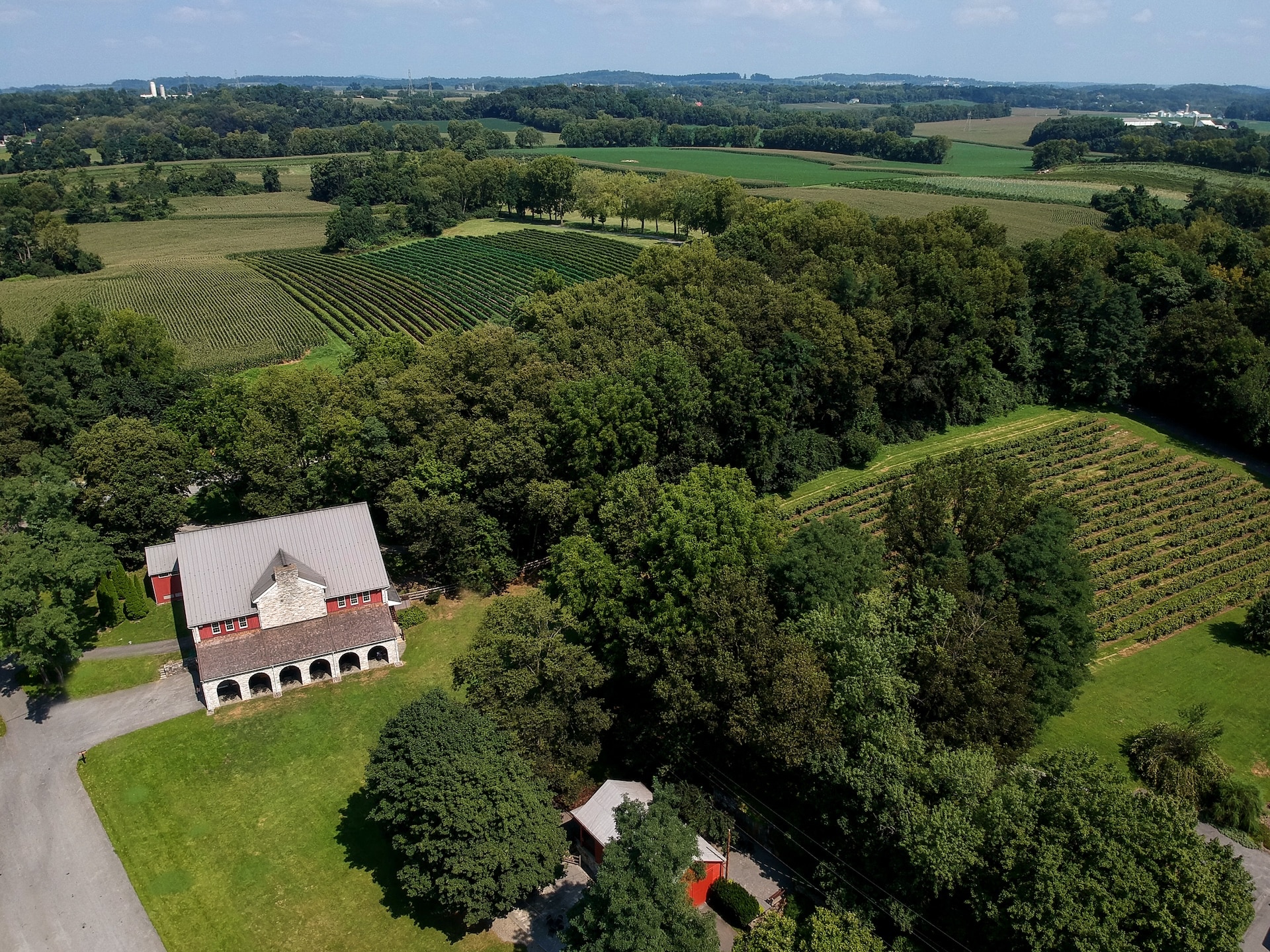
While his vines have enough moisture to endure drought conditions beautifully, they’re also dry enough to avoid water issues. “We are well drained in the sense that we don’t have too many soggy areas or spots where the vines have wet feet,” Nissley says.
It’s likely that the limestone and clay have something to do with all of this. Limestone is porous, absorbing water away from vine roots, and retaining a certain level of humidity. At the same time, it’s a permeable stone that allows water to seep through its cracks and pores, and away, further preventing root rot.
The topsoil above this limestone bedrock draws on its properties, as well, and has been considered the best agricultural soil in the whole state. This soil fertility and productivity is, of course, a benefit to wine grape growers like Nissley, but is it too much of a good thing? As the vines flourish and spread, near-constant canopy management is necessary to keep the grapes happy and healthy. It’s a tradeoff that Nissley gladly accepts. “I guess if I had to pick a problem, that would be the one I would pick.”
The Grapes and Wine of Lancaster Valley AVA
The Lancaster Valley AVA offers fantastic conditions for growing, cultivating and harvesting a variety of wine grapes. Franco-American hybrids, like Chambourcin and Seyval Blanc thrive, and vinifera species, like Chardonnay, Riesling, Merlot and Cabernet Franc, do well, too. You’ll also find native wine grapes, like the Delaware species.
Nissley leans into the region’s conditions with the grapes he chooses to grow. “Honestly, we don’t grow anything that doesn’t do well. I don’t aim to plant varieties that make me want to pull my hair out.”
He finds that he can reach ideal brix (or, ripeness) with his wine grapes. “All of our hybrids do really well, and Chambourcin, particularly, thrives for us,” he says. “It requires so little maintenance and it gets really ripe, very consistently. We can get it to 21, 22 or 23 brix almost every year. We are also generally successful in getting the reds as ripe as they need to be and we enjoy getting Vidal Blanc to full ripeness and playing around with it. We’ve had success doing a Vidal Blanc with malolactic fermentation, creating something that’s very similar to Chardonnay with good acidity but also really nice, full mouthfeel and fruitiness. ”
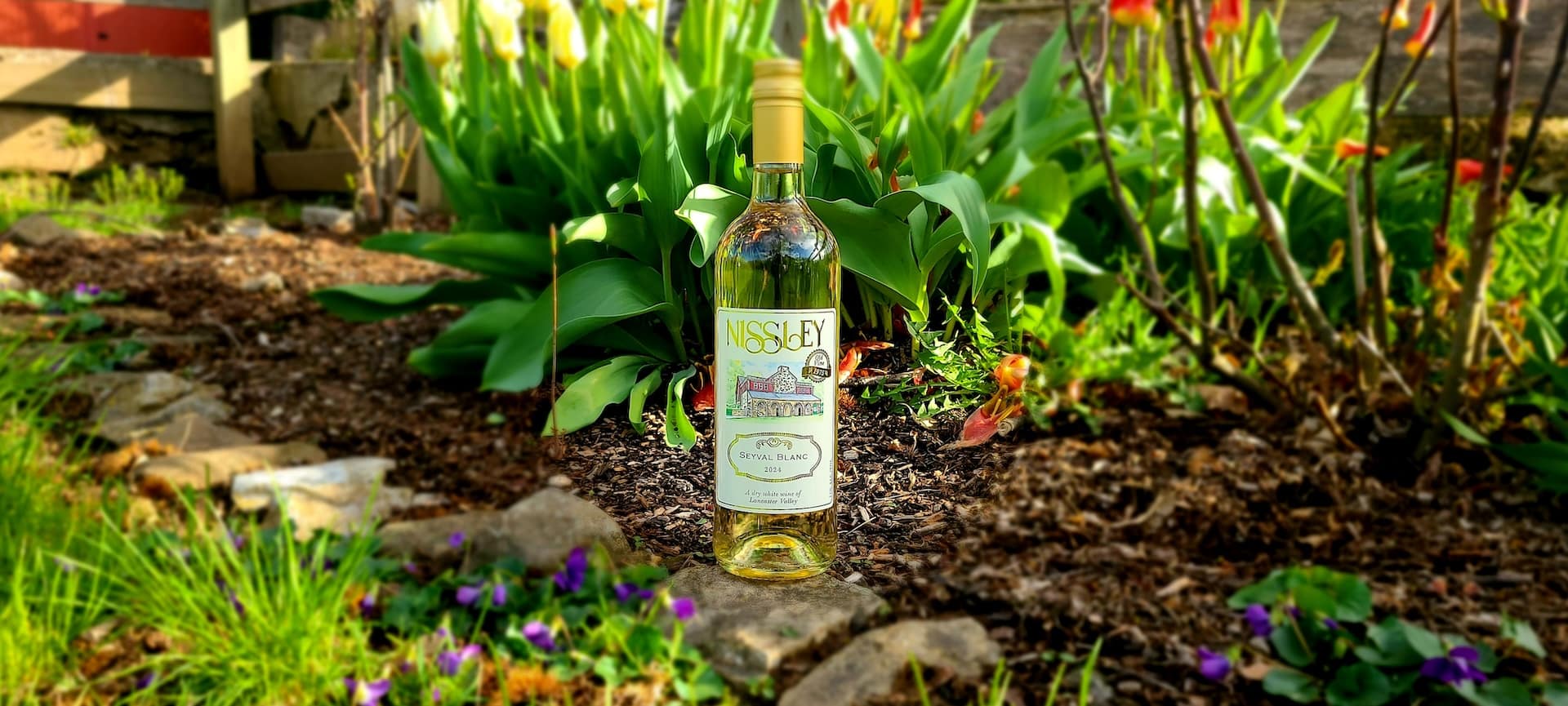
Of the full Nissley Vineyards portfolio, Nissley points to the Seyval Blanc and Heritage series as exemplary for the region. Seyval Blanc, the Franco-American hybrid white, offers clean, bright flavors of lemon, grapefruit and apples. The Heritage series, Nissley’s top-tier line, focuses on the AVA and its potential. It includes Chardonnay, with strong notes of vanilla and golden apples, a dark fruit-forward Cabernet Franc, a smooth, oaky Chambourcin and Keystone, a French oak-aged winemakers blend with chocolate notes and plum, black cherry and vanilla flavors. “If people really want to get a sense of place with our wines, I’d say that that’s what to try,” he says.
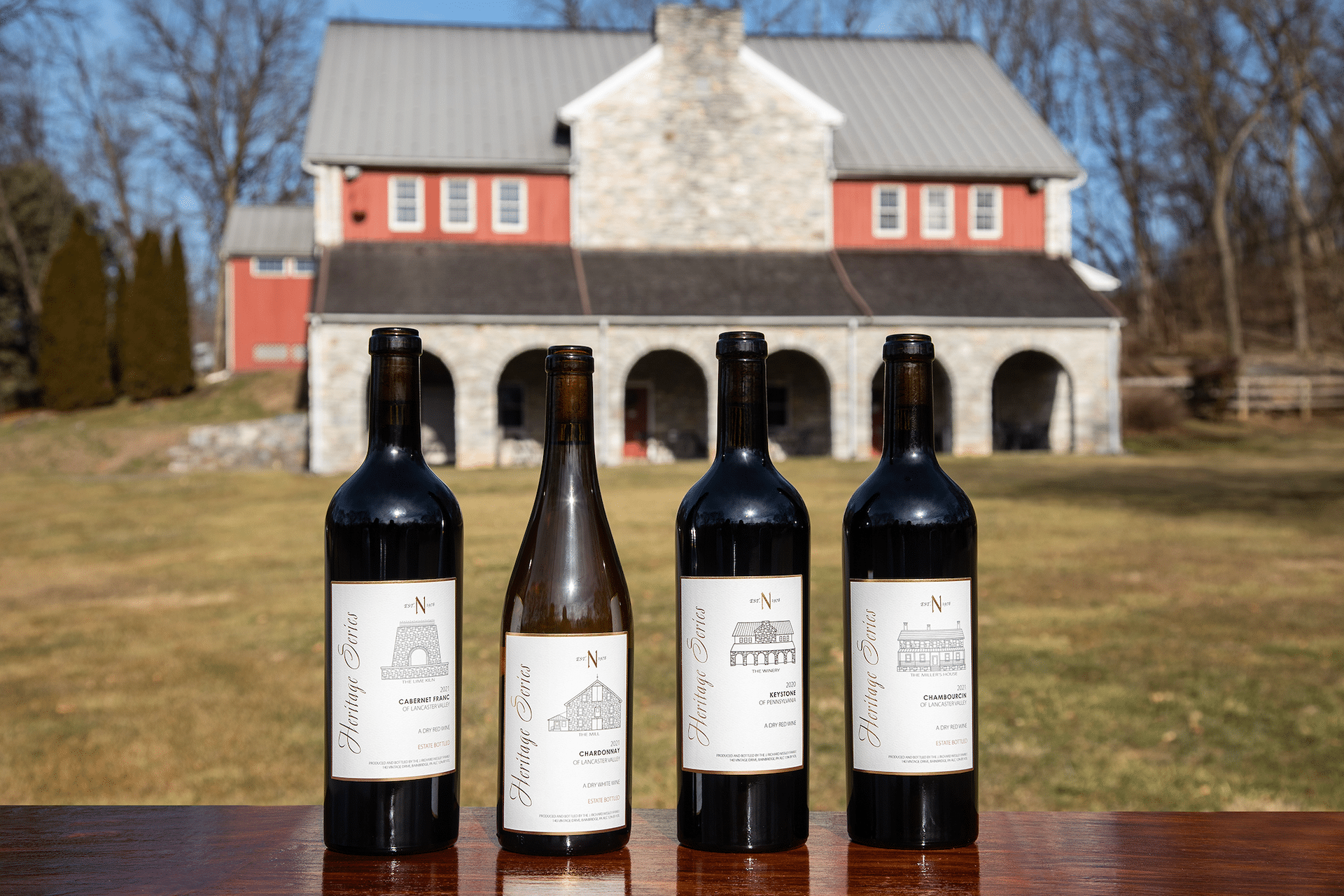
To taste the terroir of the Lancaster Valley AVA, head to Nissley Vineyards or order its wines online. 140 Vintage Dr., Bainbridge; (717) 426-3514.
The PA Vines & Wines series was created in collaboration with the Pennsylvania Wine Association with Round 8, Act 39 grant funding from the Pennsylvania Liquor Control Board (PLCB).
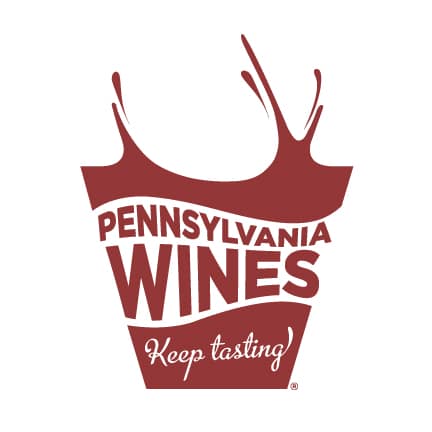
The Pennsylvania Winery Association (PWA) is a trade association that markets and advocates for the limited licensed wineries in Pennsylvania.
- Photos 1, 2 and 4: Bigstock
- All other images: Nissley Vineyards

